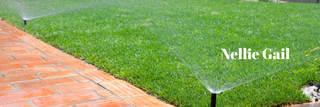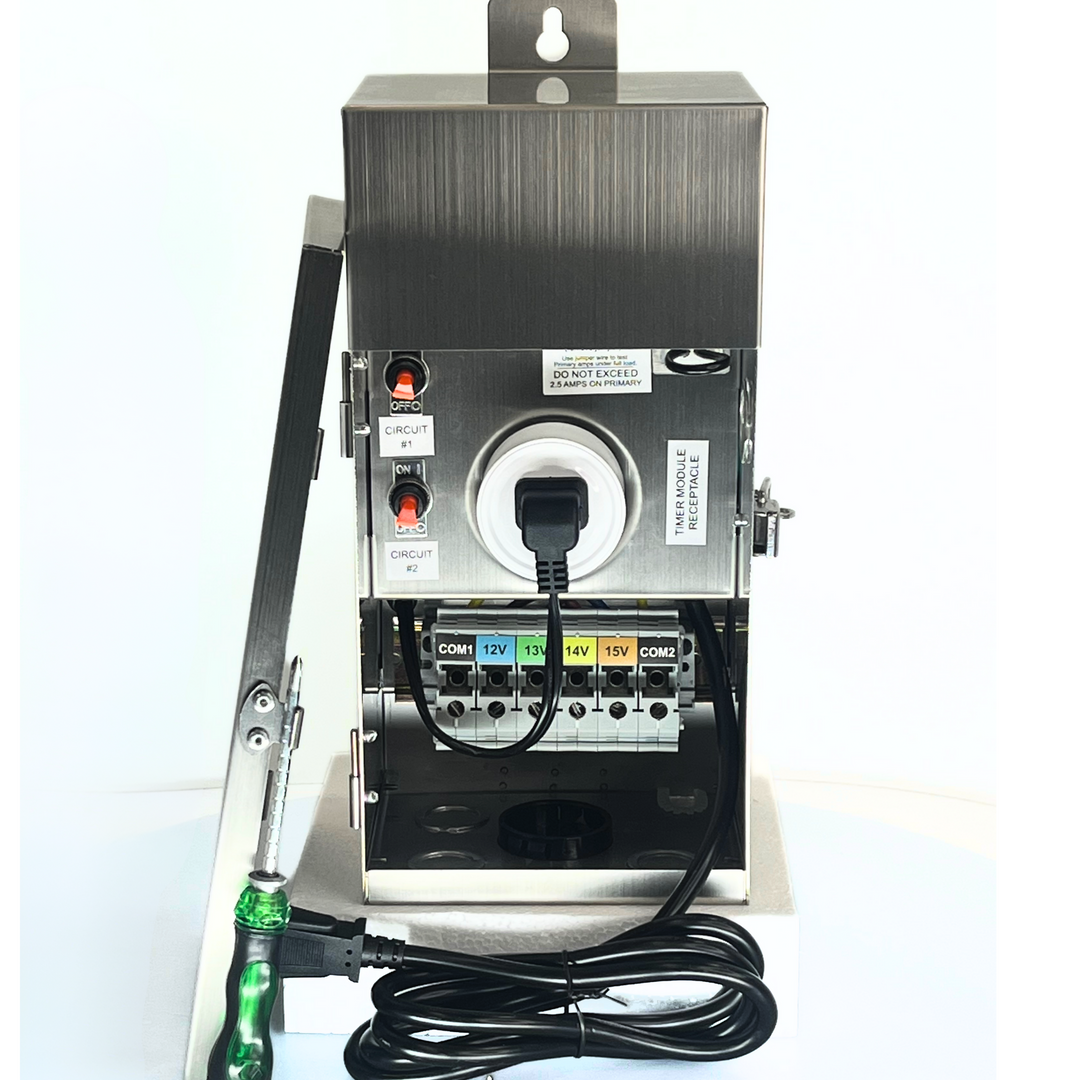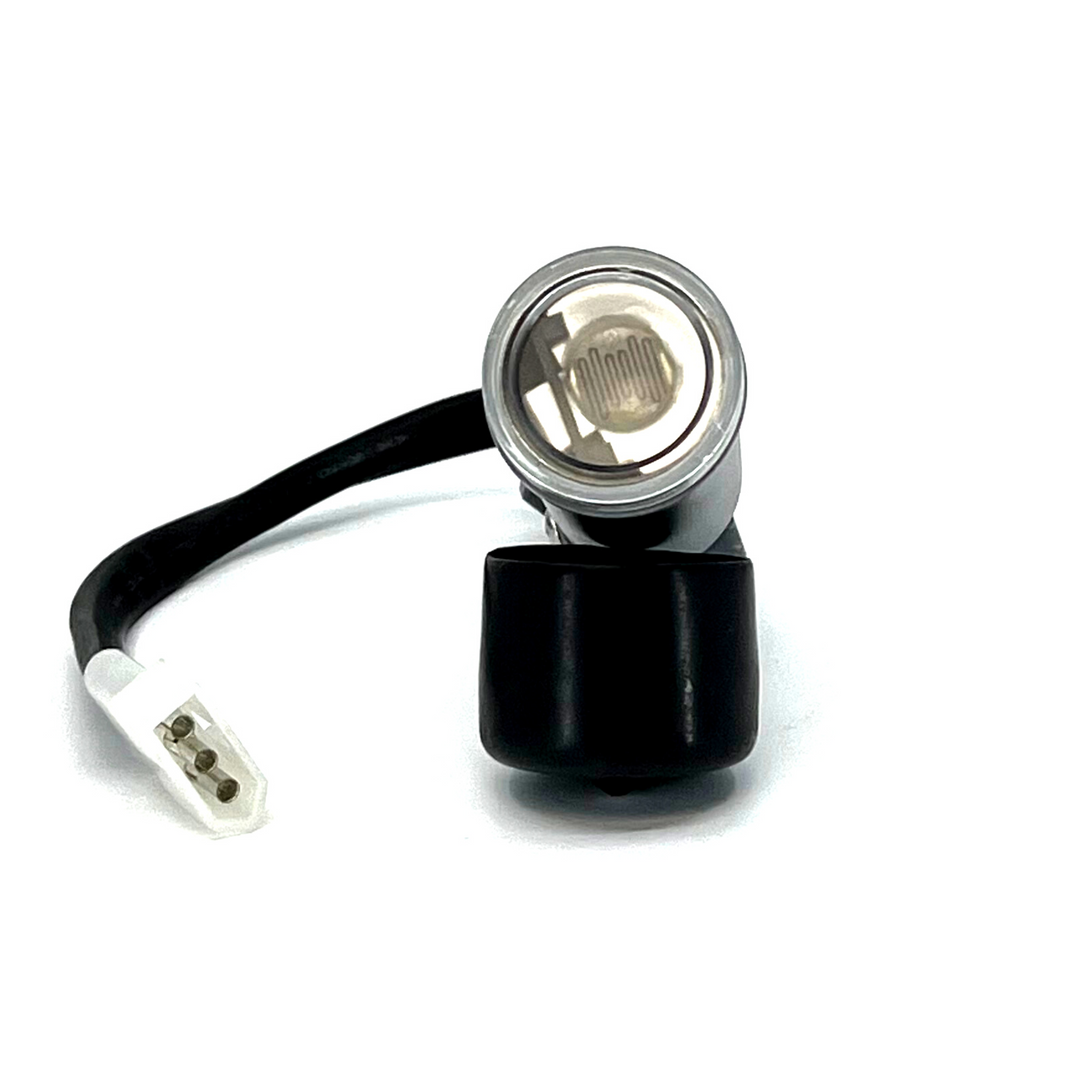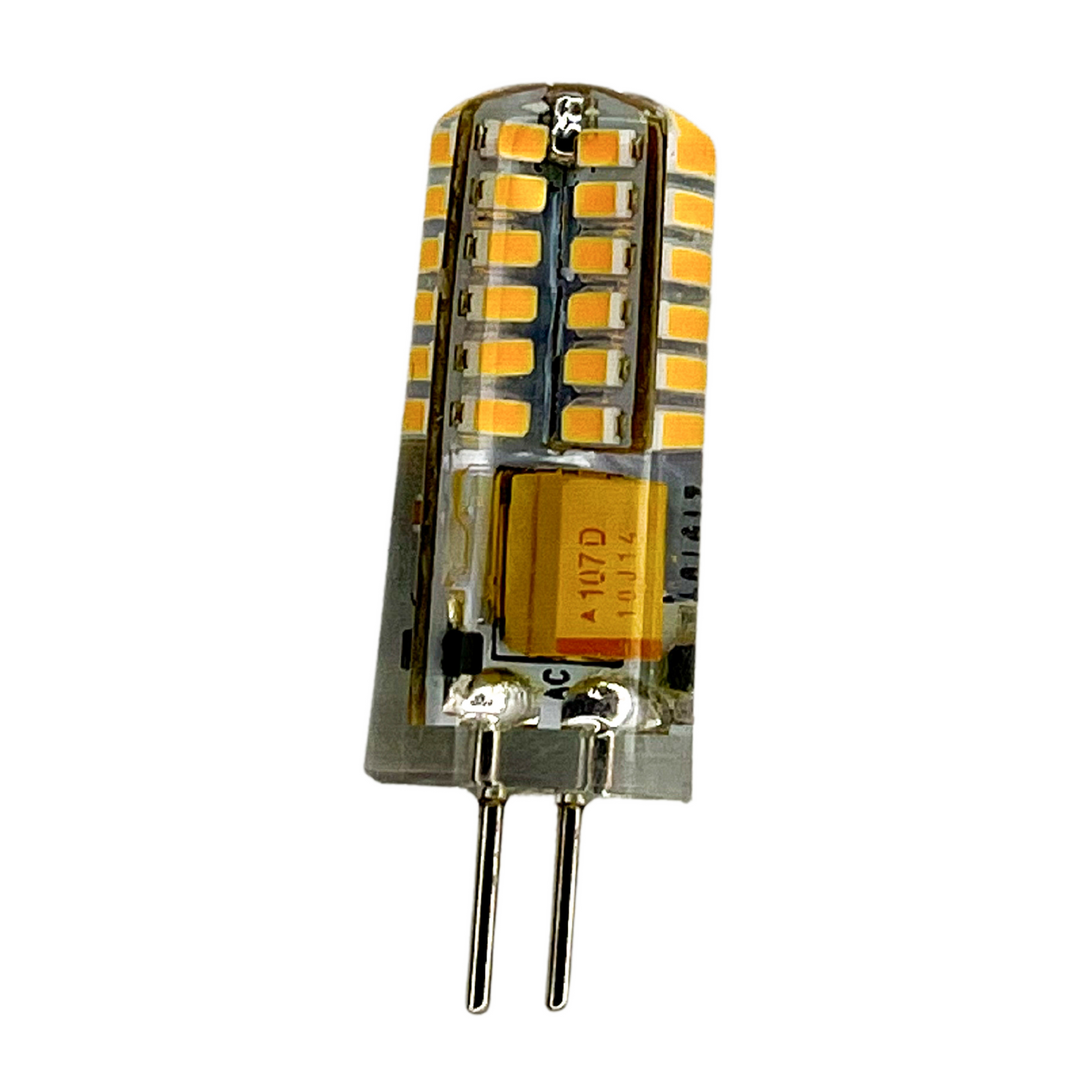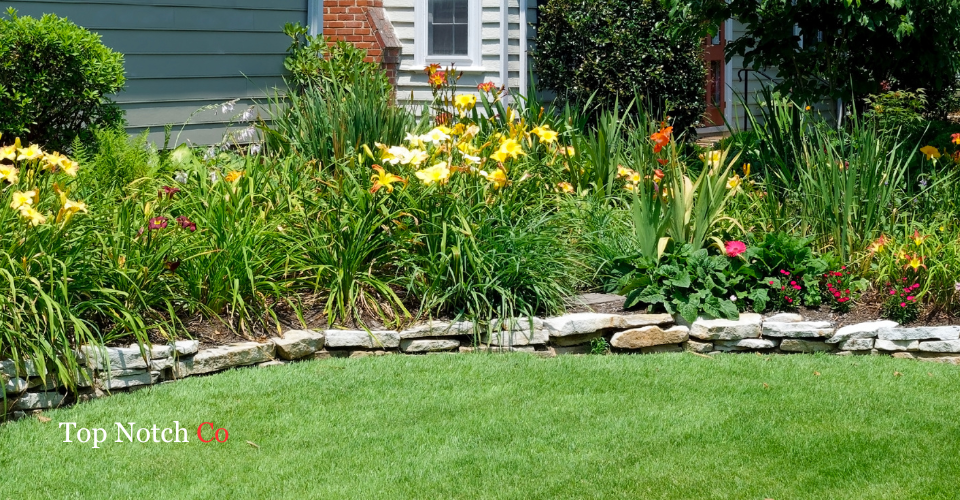
Sprinkle Your Troubles Away: Inground Sprinkler Repair Done Right
|
|
Time to read 6 min
Imagine starting your day with a peaceful walk in your garden, only to discover unexpected puddles or dry patches on your lawn, signaling issues with your inground sprinkler system. This system, the lifeline of your lush garden, might be facing challenges that need immediate attention. But worry not, with the right knowledge and a few tools, you can troubleshoot and repair common issues, ensuring your garden remains vibrant and the envy of the neighborhood.
Inground Sprinkler Repair: Understanding Your Sprinkler System
An inground sprinkler system is a network of components working in harmony to hydrate your garden. The controller is the brain, scheduling and managing watering cycles. Valves act as gatekeepers, controlling water flow to different zones. Pipes form the circulatory system, distributing water throughout the garden, and sprinkler heads are the outlets, delivering water to plants. Familiarizing yourself with these components is crucial for effective troubleshooting and maintenance.
Troubleshooting Common Issues
From leaky sprinkler heads to faulty valves and damaged pipes, common sprinkler system problems can often be diagnosed and resolved with some basic knowledge and DIY skills. This section delves into identifying symptoms, determining causes, and applying practical solutions to common problems..
Understanding Your Sprinkler System
An Inground Sprinkler Repair system is a network of components working in harmony to hydrate your garden. The controller is the brain, scheduling and managing watering cycles. Valves act as gatekeepers, controlling water flow to different zones. Pipes form the circulatory system, distributing water throughout the garden, and sprinkler heads are the outlets, delivering water to plants. Familiarizing yourself with these components is crucial for effective troubleshooting and maintenance.
Troubleshooting Common Issues
From leaky sprinkler heads to faulty valves and damaged pipes, common sprinkler system problems can often be diagnosed and resolved with some basic knowledge and DIY skills. This section delves into identifying symptoms, determining causes, and applying practical solutions to common problems..
Conducting Routine Maintenance
Regular maintenance is crucial for the longevity and efficiency of your sprinkler system. This includes seasonal adjustments, cleaning sprinkler heads, checking for leaks, and ensuring the system's components are in good working order. Proactive maintenance can prevent minor issues from escalating into major problems.
Upgrading Outdated Systems
Technology in irrigation systems is continually advancing, offering opportunities for upgrades that can enhance water efficiency and system functionality. This section explores the benefits of upgrading components like smart controllers, high-efficiency sprinkler heads, and rain sensors, which can contribute to water conservation and cost savings.
Optimizing Water Efficiency
Efficient water use is not only environmentally responsible but also essential for the health of your lawn and garden. This part of the blog provides tips and strategies for optimizing your sprinkler system's water efficiency, including proper scheduling, zoning, and the use of drought-tolerant plants.
Common Sprinkler System Issues and Diagnostics
Leaky Sprinkler Heads
Leaky heads can lead to water wastage and uneven watering. Inspect for visible damage or obstruction and replace the heads if necessary. Regular checks can prevent such issues from escalating, ensuring efficient water use and reducing unnecessary expenses on water bills.
Faulty Valves
Valves can wear out over time, leading to leaks or blockages. Conduct routine inspections for signs of malfunction, such as irregular water pressure or unresponsive zones. Turning off the water supply before any repair is crucial for safety and preventing water loss.
Clogged or Broken Sprinkler Heads
Sprinkler heads can become clogged with debris or damaged by external forces like lawn mowers. Cleaning or replacing them can restore proper function, ensuring even and efficient water distribution across your garden.
Damaged Pipes
Pipes can be damaged by external factors such as tree root growth or accidental hits during gardening. Identifying and replacing the damaged section is vital for maintaining the system's integrity and preventing water leakage.
Electrical Issues
Systems with electronic components like solenoids may face electrical failures. Regular voltage checks and connections inspections can help identify and rectify such issues, ensuring the system operates smoothly.
Step-by-Step Repair Guides
Replacing Sprinkler Heads
1. Carefully dig around the damaged head to avoid further damage.
2. Unscrew the old head and replace it with a new one, ensuring it's tightly secured and correctly aligned for optimal coverage.
Valve Replacement and Maintenance
1. Locate the valve box and carefully expose the faulty valve.
2. Disconnect and replace the valve, ensuring all connections are secure and leak-free.
Repairing Damaged Pipes
1. Identify the damaged section and carefully excavate around it.
2. Replace the damaged section with new piping, using appropriate couplings to ensure a secure fit.
Fixing Electrical Issues
1. Utilize a multimeter to check for proper voltage and electrical continuity.
2. Address any faulty components such as solenoids or wires to restore electrical functionality
Preventive Maintenance and Care
Regular maintenance, such as cleaning sprinkler heads, checking for leaks, and ensuring electrical components are dry, can significantly reduce the need for repairs. Seasonal adjustments and winterization are also crucial in preventing system damage due to changing weather conditions.
When to Call a Professional
While many issues can be addressed through DIY efforts, some complex problems or system overhauls are best handled by professionals. Recognizing when to seek professional help can save time and ensure your system is efficiently repaired and maintained.
Frequently Asked Questions
How often should I inspect my inground sprinkler system for potential issues?
Regular inspections are key to maintaining an efficient sprinkler system. It's advisable to perform a basic inspection at the start and end of the main watering season. Additionally, a quick check during the peak of the season can help catch any mid-season issues early.
Can I upgrade parts of my sprinkler system without overhauling the entire system?
Yes, you can upgrade parts of your sprinkler system, such as sprinkler heads, valves, or the controller, without needing to replace the entire system. Upgrades can improve water efficiency, coverage, and system responsiveness. Always ensure new components are compatible with your existing system.
What's the best way to adjust sprinkler heads for optimal coverage?
To adjust sprinkler heads for optimal coverage, first, ensure the system is off. For pop-up sprinkler heads, twist the body of the head to change the direction. For rotor heads, use a small flathead screwdriver to adjust the rotation stops. Always aim for "head-to-head" coverage, where the spray from one head reaches the base of the next.
How can I prevent my sprinkler system from freezing in the winter?
Winterizing your sprinkler system is crucial in freeze-prone areas. This process typically involves turning off the water supply, draining water from the pipes, valves, and sprinkler heads, and, in some cases, using compressed air to blow out remaining water. Consulting a professional for winterization can ensure it's done safely and effectively.
What should I do if my sprinkler system starts watering at unexpected times?
If your sprinkler system activates unexpectedly, check the program settings on your controller first. Power surges or outages can sometimes reset the program. If the settings are correct but the issue persists, it might indicate a faulty valve or controller that needs inspection or replacement.
How do I know if my sprinkler system is water-efficient?
A water-efficient sprinkler system is designed to minimize waste and ensure even coverage. Signs of efficiency include adjustable sprinkler heads, a smart controller that adjusts watering based on weather conditions, and low-volume drip irrigation for specific areas. Consider an audit by a water conservation specialist to evaluate your system's efficiency.
Practical tips or facts:
1. Mulching: Applying a layer of mulch around your plants can help retain soil moisture, suppress weeds, and improve soil quality. It's a simple yet effective way to reduce water evaporation from the soil, especially during dry spells, making your garden more drought-resistant and reducing the need for frequent watering.
2. Efficient Watering: Early morning is the best time to water your garden. It allows water to soak deeply into the soil, reaching the roots of the plants, while minimizing evaporation. Using soaker hoses or drip irrigation systems can also significantly improve water efficiency by delivering water directly to the plant's base, where it's most needed.
3. Regular Maintenance: Keeping an eye on your sprinkler system for any signs of malfunction, such as uneven watering or leaks, can save you from bigger repair needs down the line. Regularly inspecting and cleaning the sprinkler heads, checking the system's pressure, and adjusting the timers according to the season can greatly enhance the system's efficiency and longevity.
Our Recommendation
Final Thoughts
Maintaining an inground sprinkler system is key to ensuring your garden's health and beauty. Regular inspections, timely repairs, and understanding when to call in professionals are essential practices. By taking proactive steps and utilizing the tips provided, you can keep your sprinkler system in top condition, ensuring your garden remains a lush oasis. Book Online Now to Get a FREE Quote!










